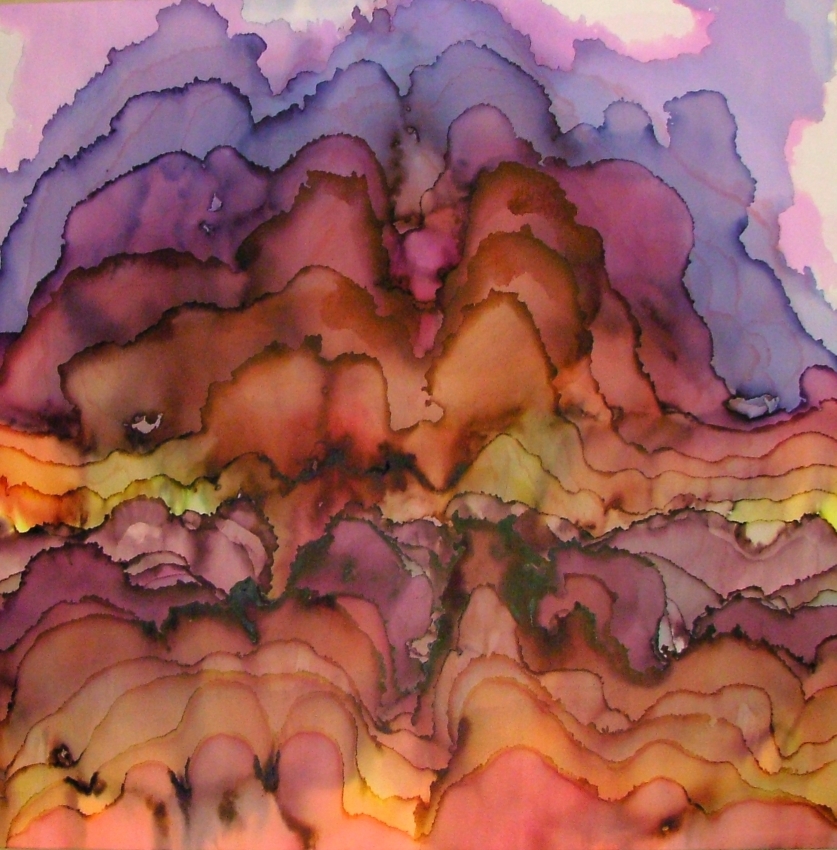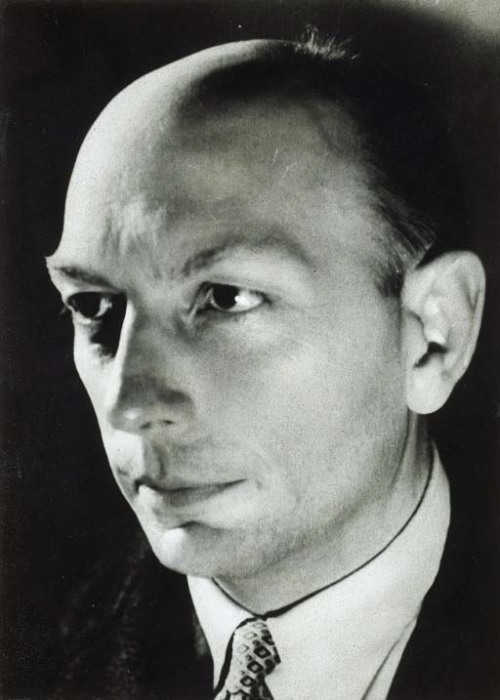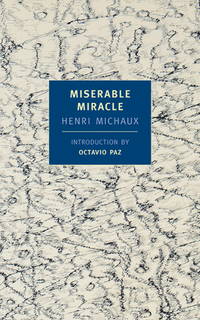The more I learn about art, the more that I realize I don’t know much. It’s an utterly obvious result: when horizons expand, the world gets larger. Amazing art is being made every day in every corner of the world; sometimes I feel a bit overwhelmed with anxiety because I will never see one tenth of it. Still, there is a special kind of satisfaction that comes from “discovering” artists on my own,especially ones that make the kind of art that I feel in my gut.
Recently,while searching for contemporary artists who work with wood, I found Brazilian artist Henrique Oliveira. I was immediately attracted to his work; it is undeniably beautiful. He has amassed a large body of work, especially considering his young age and the large size and complexity of his installations. He began as a painter, but as he earned his Masters Degree in Visual Poetics (I love that this degree exists) he began working with the scrap wood he found in the slums of Sao Paolo. It is cheap, thin wood used as a sort of fencing around construction sites. It is painted, used for a few months, and then discarded. Oliveira noticed that when the thin wood was broken, the shards of wooden splinters were visually similar to his expressive brush strokes. He began assembling the scraps of wood he collected into what he called tri-dimensionals. Beyond the beauty of his work, I am inspired by his creative use of material and how he has merged painting, sculpture and installation. I only included a few images of his work, but they show the progression he made from his roots in painting to fully embracing installation and sculpture.Seeing his organic progression and growth is also inspiring to me, because I am currently concerned with merging my own 2-d and 3-d work.
 |
| Whirlwind for Turner, 2007, by Henrique Oliveira |
 |
| Tapumes, 2009, by Henrique Oliveira |
 |
| Bololo, 2011, by Henrique Oliveira |
Last fall I made an installation out of string and light (click here to see my blog post about it). Before I began, I wanted to research installation artists who work with string. (I like to be prepared during critique to acknowledge specific inspirations; if my teacher points out that my work is similar to an established artist, I want to be aware of those similarities.) I stumbled upon Japanese artist Chiharu Shiota. She uses string to fill spaces, often obscuring or revealing other objects in the process. These installations have a spooky, dream-like quality. There is a respect for the simplicity of the medium which gives the work a sort of innocence and purity.In my installation, I tried to achieve a similar respect for material, by using nothing but white cotton string and no other visible materials or hard ware. I was thrilled to see one of her small vitrine-like installations at the Armory Show in New York.
 |
| In Silence, 2009, by Chiharu Shiota |
TobiasTovera is a San Fransisco-based artist. Visually, his paintings are similar to my ink paintings; they might be the closest thing I have seen to how some of my own art looks. His use of color is a bit more clear and prismatic, and his images have fewer figurative connotations than mine, but I admire his use of scale and space.
 |
| Deepening Undercurrent, Pigment on panel, 5' x 5', 2008, by Tobias Tovera |
AdamFrelin was a visiting lecturer this year. He was by far my favorite out of all the artists who have visited DAAP. He is open to all types of media, and his work is infused with intelligence and humor. There is something poetic about it, in the way that his work offers satisfying connections and also raises questions,to keep the viewer engaged and inspired. It’s like the perfect appetizer, which tastes really good but keeps you hungry for more. Go to his website; a lot of his work is performance or process-based, so it needs to be explored to be appreciated.
 |
| Mirror Ball Roll (One), 2009, by Adam Frelin |
There are countless other artists that I have “discovered” who have inspired me in less direct ways. Some of my recent favorites include Leandro Erlich, TroyAbbott, Slinkachu, Isaac Cordal, and Gregory Scott. I discovered these and others from magazines, the internet, and from my classmates and teachers. A few of them I saw for the first time in New York, either at the Armory or one of the satellite shows. (All of these, plus a lot more, are featured on my Pinterest "Favorite Artists" board. Yes, I know, Pinterest is a time-suck, but it's also a handy way of keeping track of things I might otherwise forget.)
It is hard to describe the type of inspiration that can be had just from looking at interesting art. Often it is like reading a menu when you are really hungry. Occasionally it feels more like jumping jacks; it gets the blood flowing and the heart pounding. Sometimes it feels like a jolt of caffeine which wakes me from a stupor, and which makes me want to stop writing this blog post and go make some art.
It is hard to describe the type of inspiration that can be had just from looking at interesting art. Often it is like reading a menu when you are really hungry. Occasionally it feels more like jumping jacks; it gets the blood flowing and the heart pounding. Sometimes it feels like a jolt of caffeine which wakes me from a stupor, and which makes me want to stop writing this blog post and go make some art.


























